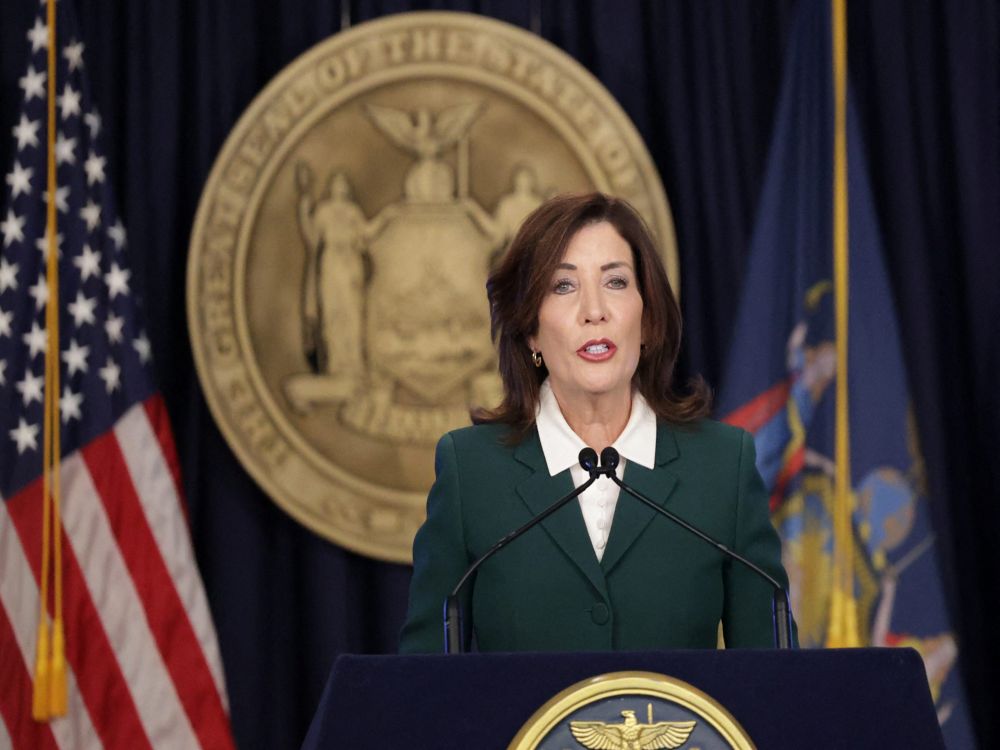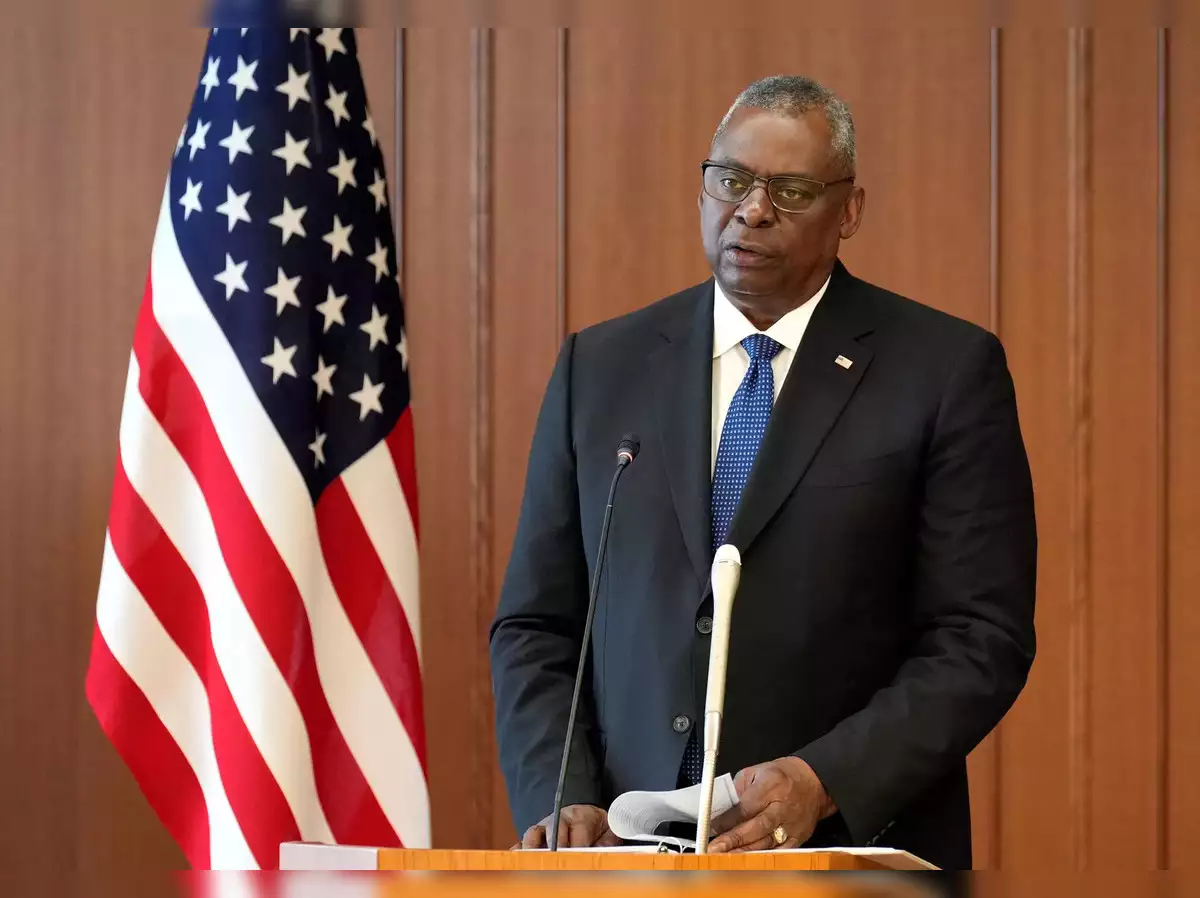Our Bureau
California
The sudden collapse of the startup-focused lender SVB Financial Group, which is the largest bank to fail since the 2008 global financial crisis, has rattled financial markets all across the world. A big question mark looms large on the fate of investors and companies that invested billions of dollars in SVB.
The banking regulators of California banned the Silicon Valley Bank to transact any business and tasked Federal Deposit Insurance Corporation (FDIC) with the disposition of its assets as a receiver.
SVB had $209 billion worth of assets and was ranked the 16th biggest bank in the US, before its collapse. Located in Santa Clara, this tech-focused bank was facing significant stress due to the crimping financial situation of startups owing to the Fed’s hawkish stance and interest rate hikes last year.
The busting of Silicon Valley Bank is one of the prominent failures of the financial market since Washington Mutual went bust in 2008. Reminding investors of the horrifying time and financial discomfort of the extraordinary proportion of the 2008 global financial crash. This financial storm prompted tougher market rules and stringent capital requirements for banks in the US, after massive financial bailouts by the government to save the global financial system.
FDIC informed that the main office and all branches of Silicon Valley Bank will open again on March 13, wherein all the insured depositors will have access to their investments as per the law. According to the FDIC, almost 89% of the SVB’s $175 billion of deposits at the end of 2022 were not insured. FDIC is racing against time to find a suitable suitor, merge Silicon Valley Bank with another bank, and safeguard the interest of unsecured deposit holders.

























